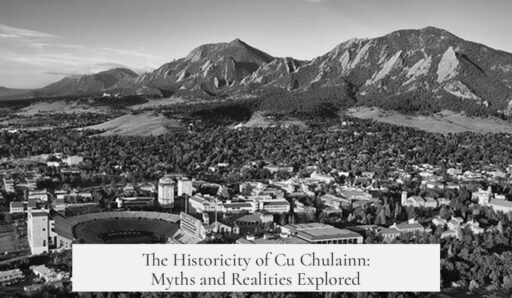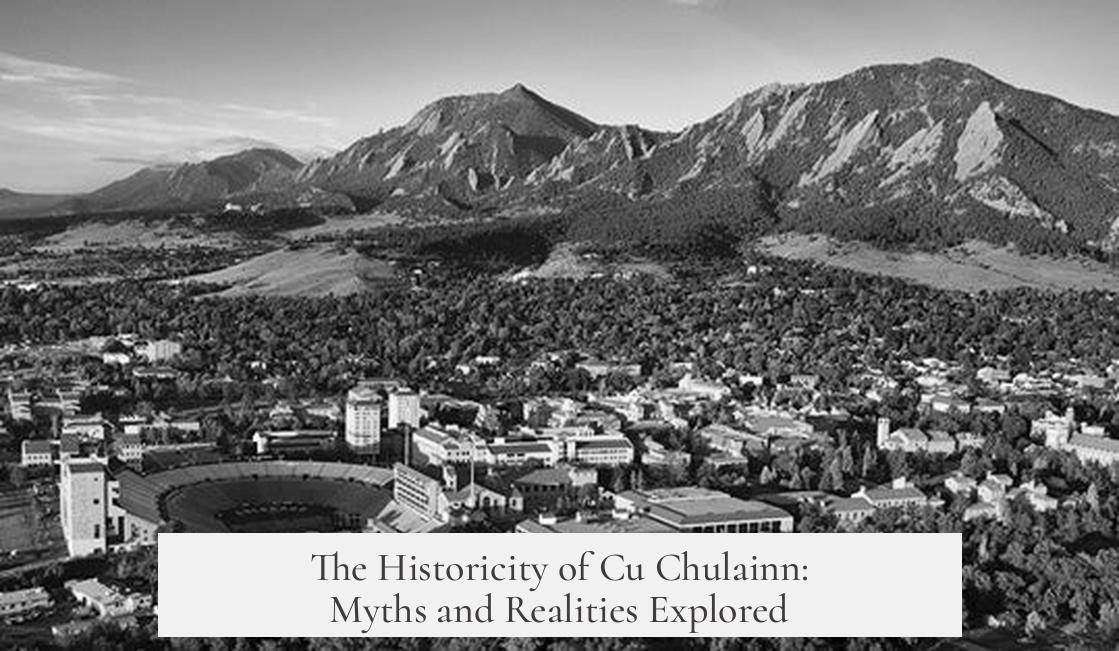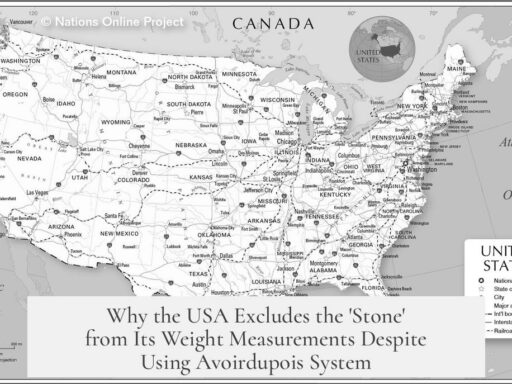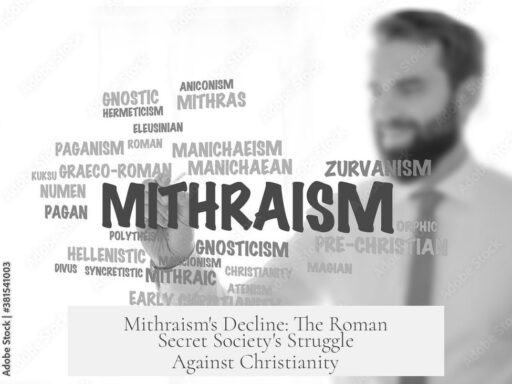Cú Chulainn is not regarded as a historical figure by scholars; instead, he belongs to a pseudohistorical and mythological tradition with no evidence supporting his real-life existence.
Cú Chulainn features in Irish legendary cycles, often placed around the time of Christ. However, historical records lack verification of his existence. For example, Conchobar, another famed character, appears in king lists, but these lists blend myth with fiction. They were not intended as factual accounts.
The Book of Leinster explicitly calls the Táin Bó Cúailnge a “fabula” (story) rather than “historia,” reinforcing the notion that these tales are literary creations rather than history. This denouncement signals caution in treating these narratives as historical evidence.
Archaeological hints such as the ogham inscription mentioning Medb at Cruachan show some link to the mythological world. The inscription reads “VRAICCI…MAQI MEDVVI” (“of Fraech, son of Medb”), suggesting potential mythical associations with real places. Still, this single artifact is insufficient to prove the existence of a historical Medb. She likely stems from mythic or possibly divine origins, though claims about goddess status should be treated skeptically due to limited evidence.
The theory that Cú Chulainn and similar characters are euhemerised pre-Christian gods—deities turned into human heroes—is common but increasingly questioned. Existing texts are post-Christian, and no direct archaeological or literary proof predates Christianity to confirm this. Reconstructions of such connections remain speculative and require careful evaluation.
Past scholarship, like Alfred Nutt’s 1900 work identifying Cú Chulainn as a sun god, reflects older trends in interpreting these legends. Current academic consensus prefers a cautious approach, recognizing mythological foundations without firm proof of divine origins or historicity.
- Cú Chulainn and Conchobar are mythological rather than historical figures.
- The Táin is acknowledged as fiction by medieval manuscripts themselves.
- Medb’s name appears in an ogham inscription but does not confirm a historical person.
- Euhemerisation theories lack definitive evidence and remain speculative.
- Scholars advise careful distinction between mythology and history regarding these characters.




